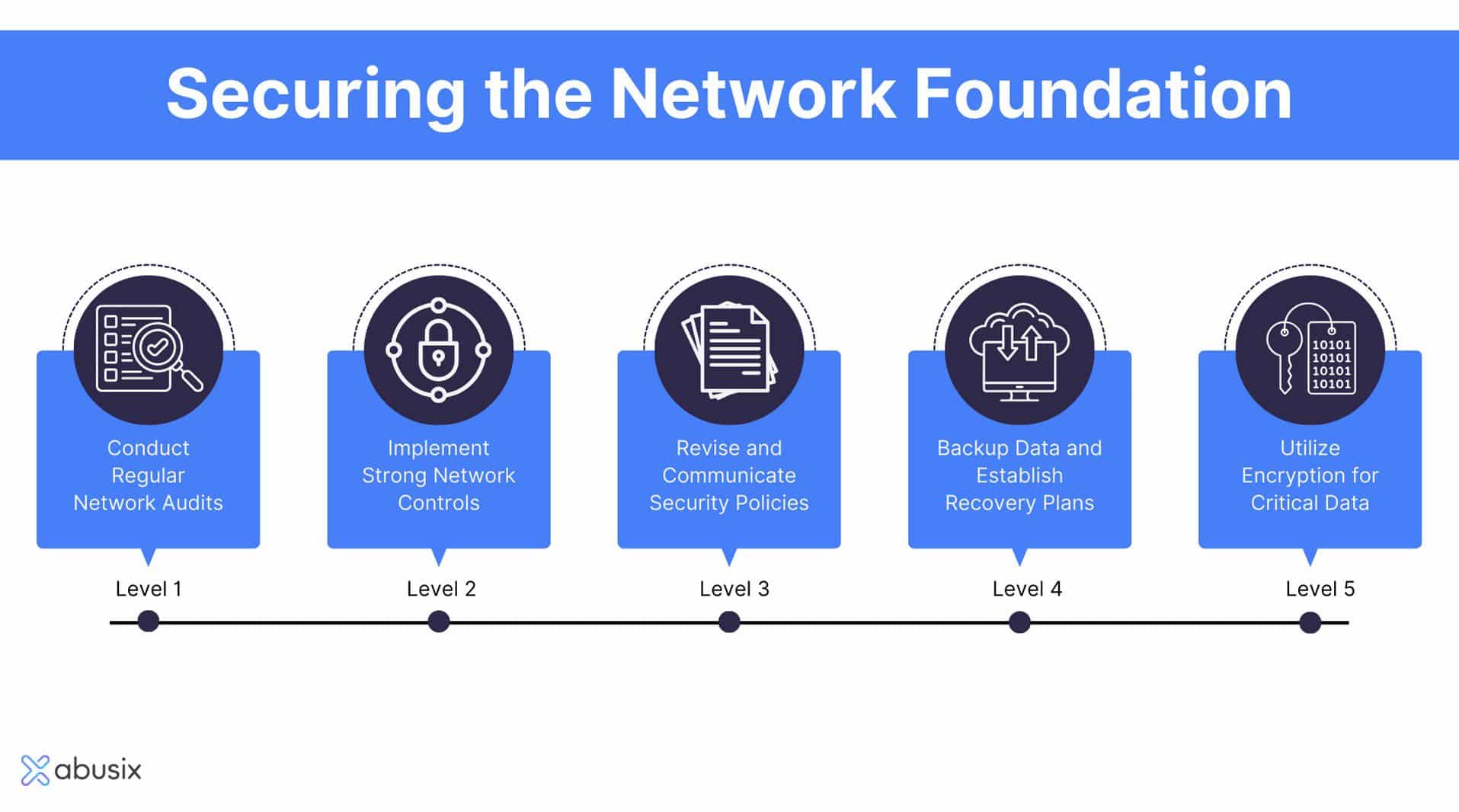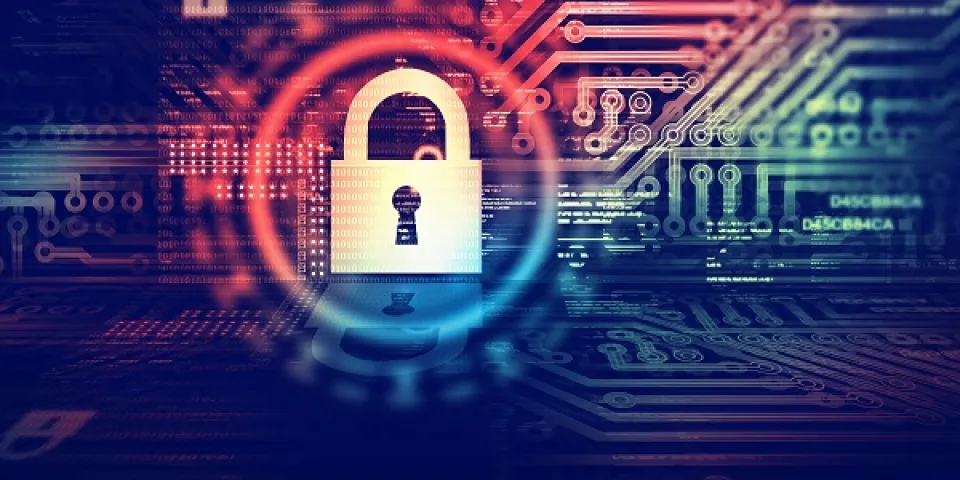FFT Perimeter Intrusion Solutions: Advanced Security for Your Premises
FFT Perimeter Intrusion Solutions: Advanced Security for Your Premises
Blog Article
Just How Data and Network Protection Protects Versus Arising Cyber Risks
In a period marked by the fast advancement of cyber risks, the relevance of data and network security has actually never ever been much more obvious. As these dangers become a lot more complex, comprehending the interaction between information security and network defenses is crucial for reducing threats.
Comprehending Cyber Risks

The ever-evolving nature of modern technology constantly presents new susceptabilities, making it necessary for stakeholders to remain cautious. Individuals might unknowingly drop target to social engineering techniques, where enemies manipulate them right into revealing sensitive info. Organizations face unique challenges, as cybercriminals frequently target them to exploit important information or disrupt procedures.
Moreover, the rise of the Internet of Points (IoT) has broadened the strike surface, as interconnected devices can function as entry factors for enemies. Recognizing the importance of durable cybersecurity techniques is essential for alleviating these threats. By fostering a detailed understanding of cyber dangers, companies and people can execute efficient methods to guard their electronic assets, guaranteeing durability despite a significantly complex risk landscape.
Secret Parts of Information Protection
Guaranteeing data safety and security needs a complex strategy that encompasses various crucial elements. One basic element is data file encryption, which changes delicate info right into an unreadable format, easily accessible only to authorized individuals with the ideal decryption secrets. This works as an essential line of defense against unauthorized accessibility.
One more vital component is gain access to control, which controls who can see or manipulate data. By implementing strict customer verification procedures and role-based access controls, organizations can decrease the threat of expert dangers and information breaches.

Furthermore, data masking techniques can be used to shield delicate details while still permitting for its usage in non-production settings, such as screening and growth. fft perimeter intrusion solutions.
Network Security Strategies
Executing robust network safety and security techniques is necessary for securing a company's electronic infrastructure. These approaches entail a multi-layered strategy that includes both equipment and software solutions made to shield the integrity, discretion, and accessibility of information.
One vital component of network security is the deployment of firewall softwares, which function as an obstacle between trusted internal networks and untrusted external networks. Firewall programs can be hardware-based, software-based, or a combination of both, and they assist filter outgoing and incoming web traffic based upon predefined safety rules.
Additionally, breach discovery and prevention systems (IDPS) play a crucial function in keeping track of network traffic for questionable tasks. These systems can inform administrators to possible breaches and act to mitigate risks in real-time. Routinely patching and updating software application is also crucial, as susceptabilities can be made use of by cybercriminals.
Furthermore, carrying out Virtual Private Networks (VPNs) ensures safe and secure remote gain access to, encrypting information sent over public networks. Finally, segmenting networks can lower the strike surface area and consist of prospective breaches, limiting their effect on the general framework. By embracing these approaches, companies can effectively fortify their networks against emerging cyber threats.
Best Practices for Organizations
Establishing finest methods for organizations is vital in keeping a strong safety and security position. A comprehensive technique to information and network protection begins with routine risk assessments to identify vulnerabilities and possible hazards. Organizations needs to apply durable gain access to controls, guaranteeing that only authorized employees can access delicate continue reading this data and systems. Multi-factor authentication (MFA) should be a basic requirement to boost protection layers.
Additionally, continual worker training and understanding programs are important. Staff members must be educated on identifying phishing efforts, social engineering methods, and the value of adhering to protection protocols. Normal updates and patch monitoring for software and systems are additionally important to shield against recognized vulnerabilities.
Organizations have to establish and test event feedback prepares to make certain preparedness for prospective breaches. This includes developing clear communication networks and roles during a safety and security case. Additionally, information encryption need to be employed both at remainder and in transit to guard sensitive details.
Last but not least, conducting routine audits and conformity checks will assist ensure adherence to well-known policies and appropriate regulations - fft perimeter intrusion solutions. By following these finest techniques, companies can significantly enhance their resilience against emerging cyber dangers and secure their critical possessions
Future Trends in Cybersecurity
As companies browse an increasingly complex digital landscape, the future of cybersecurity is poised to advance dramatically, driven by changing and emerging technologies hazard paradigms. One noticeable pattern is the assimilation of expert system (AI) and equipment knowing (ML) into safety frameworks, allowing for real-time risk detection and feedback automation. These modern technologies can examine huge amounts of data to recognize abnormalities and prospective breaches extra successfully than standard techniques.
Another critical fad is the increase of zero-trust design, which requires continual confirmation of individual identifications and tool safety, no matter their area. This technique lessens the risk of expert risks and enhances defense against exterior assaults.
Additionally, the increasing fostering of cloud solutions necessitates durable cloud explanation safety techniques that deal with unique susceptabilities connected with cloud settings. As remote job becomes a permanent component, securing endpoints will also become critical, causing an elevated emphasis on endpoint discovery and action (EDR) remedies.
Lastly, regulatory compliance will remain to form cybersecurity practices, pressing organizations to take on a lot more stringent data defense measures. Embracing these fads will be important for companies to fortify their defenses and browse the evolving landscape of cyber hazards successfully.
Conclusion
In conclusion, the execution of robust information and network protection measures is essential for organizations to safeguard against emerging cyber risks. By utilizing file encryption, gain access to control, and efficient network security strategies, companies can considerably reduce susceptabilities and safeguard delicate info.
In an era noted by the rapid advancement of cyber risks, review the importance of data and network security has actually never been a lot more pronounced. As these dangers become a lot more complex, comprehending the interplay between information safety and security and network defenses is essential for alleviating risks. Cyber dangers encompass a large array of malicious tasks intended at compromising the discretion, honesty, and availability of networks and information. An extensive technique to information and network safety and security starts with normal risk evaluations to recognize vulnerabilities and prospective dangers.In verdict, the implementation of robust data and network protection measures is vital for companies to safeguard against emerging cyber risks.
Report this page